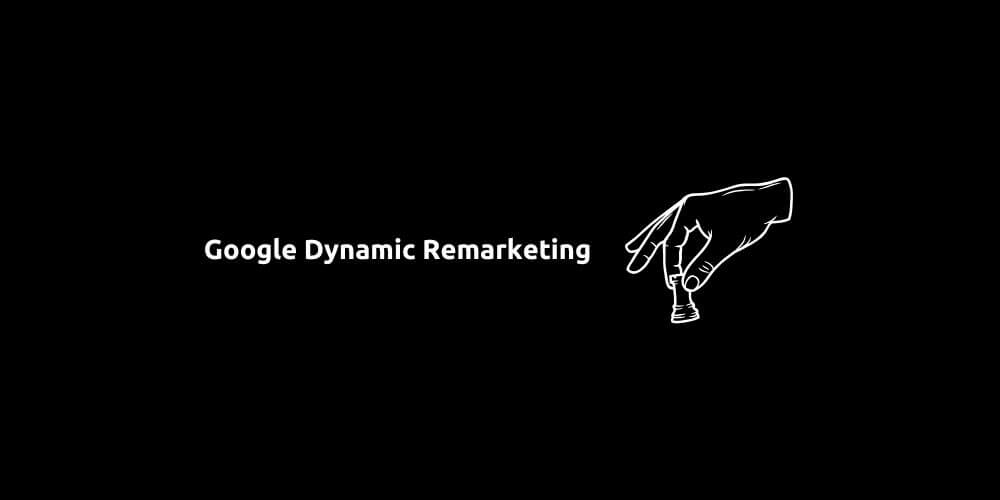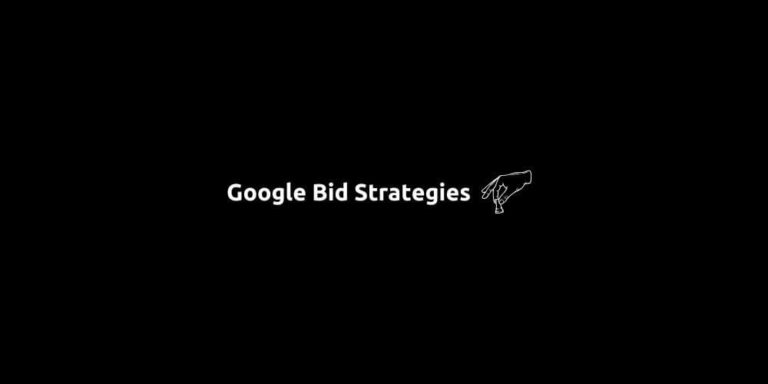Google Dynamic Remarketing
Google Dynamic Remarketing is a campaign type that allows advertisers to re‑engage with their past website or app visitors. With this campaign type, you can show personalized and dynamically generated ads to your past visitors. These ads will showcase the exact products or services they previously viewed. If you know Meta Catalog Ads the idea is the same. The system leverages product or service feeds, dynamic tags, data layers, and responsive display ads to deliver tailored messages across Google’s networks.
In this article, we’ll break down how dynamic remarketing works, its benefits, latest updates, and explain what you need to run effective campaigns. Pay attention to details because the campaign setup requires specific technical components. Structured feeds, accurate tagging with custom parameters, integration via Google Tag Manager or GA4, and adherence to feed syntax, audience minimums, and tagging deadlines.
Let’s start.
Content:
- What Is Google Dynamic Remarketing Campaign?
- Requirements for Google Dynamic Remarketing Campaigns
- How to Get Started With Google Ads?
What Is Google Dynamic Remarketing Campaign?
Dynamic remarketing is an advanced feature of Google Ads that goes beyond showing generic ads to past visitors. It shows exactly what they viewed: products, services, or relevant offers tailored to their browsing behavior. It works by linking your feed of offerings with tracking tags on your site. When a visitor leaves without converting, Google can automatically pull their viewed product info: Titles, images, prices and more from your feed and generate a personalized responsive ad.
Benefits
Here is a list of benefits that you can get from Google Dynamic Remarketing Campaign:
- Scalability: Automatically serves ads across countless inventory items using your continuous feed.
- AI‑driven personalization: Google’s ad engine predicts the best layout and product combination for each user, placement, and device.
- Real‑time bid optimization: This campaign type leverage Conversion Optimizer for dynamic bidding based on performance data.
- Efficient creative setup: Responsive display ads ads are well basically responsive. Optimize ads according to performance.
- Cross‑industry support: Whether retail, travel, education, or other verticals, dynamic remarketing adapts to varying use cases.
Recent Developments
There are some recent developments on Google Dynamic Remarketing Campaign that you should be aware of:
- Dual campaign structures: Newer Google Ads UI emphasizes responsive dynamic ads while legacy standard dynamic creative is now read‑only.
- API transparency: Updated documentation clarifies dynamic remarketing setup via Google Ads API for retail vs. non‑retail segmentation.
- Related platform enhancements: Across Shopping, Performance Max, and Demand Gen, Google is enhancing ad automation and feed integration, boosting dynamic campaigns indirectly.
Requirements for Google Dynamic Remarketing Campaign
Setting up a Google Dynamic Remarketing campaign needs proper planning and setup. Here are all the essentials you must have a Product or Service Feed:
- Retail businesses must use Google Merchant Center to upload and manage their product feed.
- Non‑retail businesses (e.g., education, real estate, flights) can upload a custom feed via Google Ads “Business data” section.
- Feeds can be in .csv, .tsv, .xls, or .xlsx formats, and should include unique IDs, images, prices, descriptions, and any industry‑specific attributes.
- You must link Merchant Center (for retail) or upload feed and link to Ads account (for non‑retail).
Feed Specifications
There are some specifications for feeds that you should be aware of:
- Attribute headers must match Google’s naming precisely, even in languages other than English. Including spacing and capitalization.
- For global operations, feeds must be localized per language and currency.
- Use UTF‑8 encoding for CSVs, as many other charsets are unsupported.
- Account-level limits exist for number of feeds and items, so plan accordingly.
You can find the most important ones above but the specifications not limited to this list. Don’t worry, you’ll be directed by Google on Google Ads interface. once you start to create your feed
Tracking Tags & Data Layer
Dynamic remarketing tag must be placed on all relevant pages via Google Tag Manager or directly coded. It must include custom parameters like ID that match feed item IDs. For e-commerce, the Data Layer should pass item ID, price, category, and event type. These parameters must align with feed values.
Campaign Setup in Google Ads
- Create a new Display campaign, choose the campaign objective (e.g., Sales).
- Next, enable “Use dynamic ads feed for personalized ads,” and select your feed.
- Then, build responsive display ads using assets.
- Don’t forget to segment users effectively (e.g., cart abandoners, category viewers).
- Last but not least, continuously monitor feed quality. Accurate data is crucial for automation to perform well.
How to Get Started With Google Ads?
Google Ads is a powerful advertising platform that can transform your business by connecting you with potential customers at the right time. Whether you’re aiming to boost sales, increase website traffic, or build brand awareness, Google Ads offers the tools to achieve your goals.
However, success requires a strategic approach, continuous learning, and regular optimization. With the right planning and execution, Google Ads can be a game-changer in your digital marketing strategy. And this is what we do at SS&T Digital. 👇






